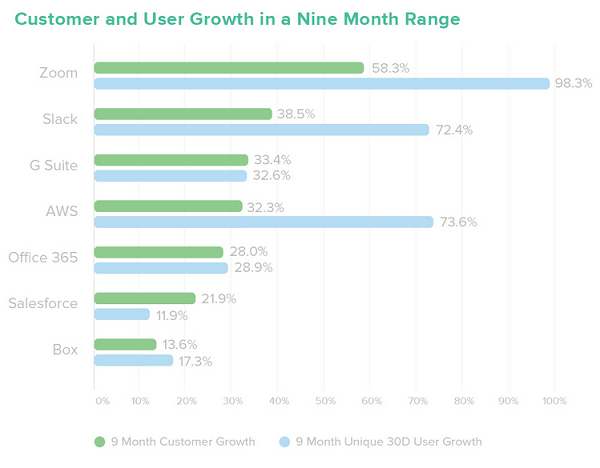One of the top questions I’ve been getting recently as an analyst is whether an enterprise should go to Microsoft Teams for all its communications.
Microsoft makes Teams look like an appealing option by bundling in many of the lesser-used communication features into an enterprise licensing agreement, offering things like a softphone client for virtually free. When I discuss the pros/cons of going all-in with Microsoft, it’s with a corporate IT team that has the objective of reducing the number of communication applications in use within their environment and wanting to retire their legacy PBX.
My advice for IT folks is that the future of communications is in software embedded in applications, and that going to a single, enterprise-wide UC platform -- Teams or otherwise -- is unrealistic. Business leaders want communication applications that are easy to use, cost-effective, and secure while improving business outcomes. The role of enterprise IT then becomes one of integrating new business communications with legacy platforms, which in many cases results in using least common dominator communications of telephony and email between platforms. Users get a rich experience within an application, but cross-application communication is limited. This isn’t optimal, but the reality of where we are.
Until recently, I didn’t have a lot of good data to back this advice up. Then I saw this
blog from Okta’s COO, Frederic Kerrest. As you can see in the below graph, Okta’s data shows that the adoption of best-of-breed software is growing faster than that of suites, especially in communications.
While many argue that the stock valuations for Zoom and Slack are overvalued, you can’t deny that the adoption rates are impressive.
I think back to 2014 when, as a Gartner analyst, I took flak from some in my management ranks for writing a
report on utilizing freemium solutions. They considered my research to be “radical” because they didn’t believe freemium was a sustainable business model. Slack and Zoom have proven that freemium works, and that providing value that users want to pay for keeps the UC industry focused on delivering a great experience. Or as Eric Yuan, CEO at Zoom Video Communications, says, “Delivering happiness.”
Many enterprises that adopt Microsoft’s Office 365 are using communication software from other vendors. The days when a single PBX and single email platform provided all enterprise communications are over. What’ll be more interesting over time is how the freemium, proprietary solutions will compete against open source solutions. My long-term bet is on
open source solutions supported by a freemium business model such as we’ve seen work for Red Hat.










